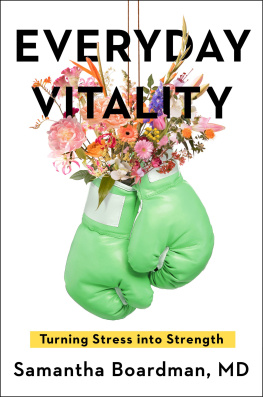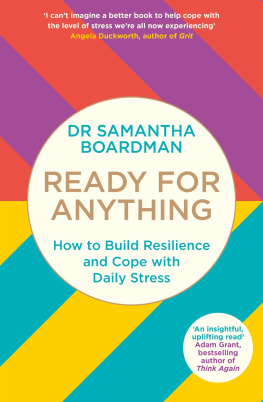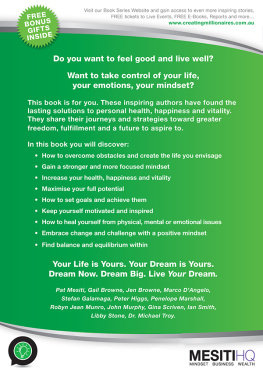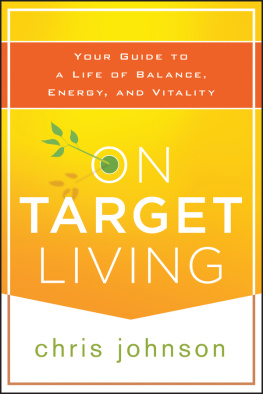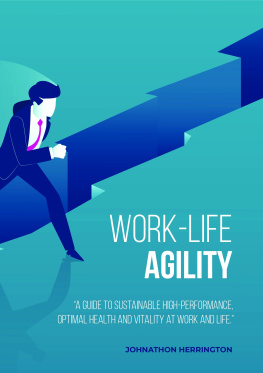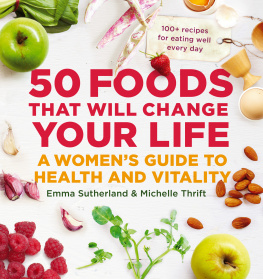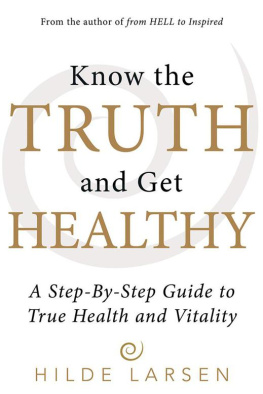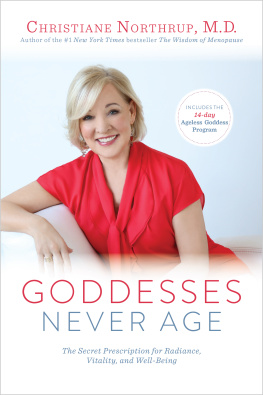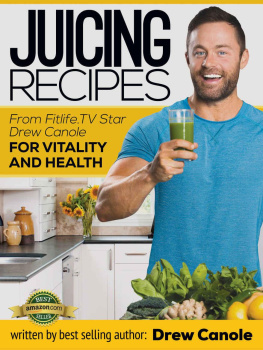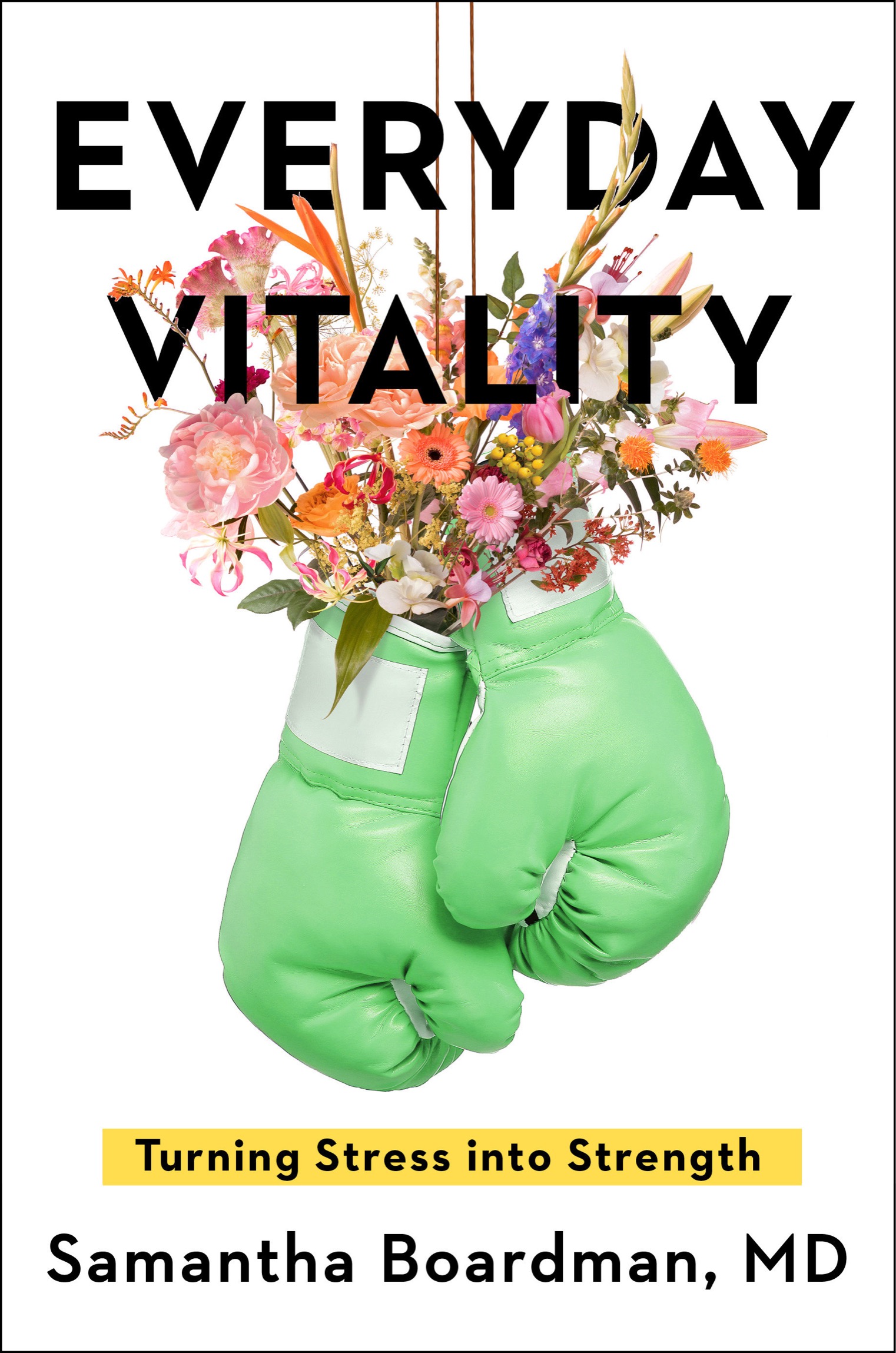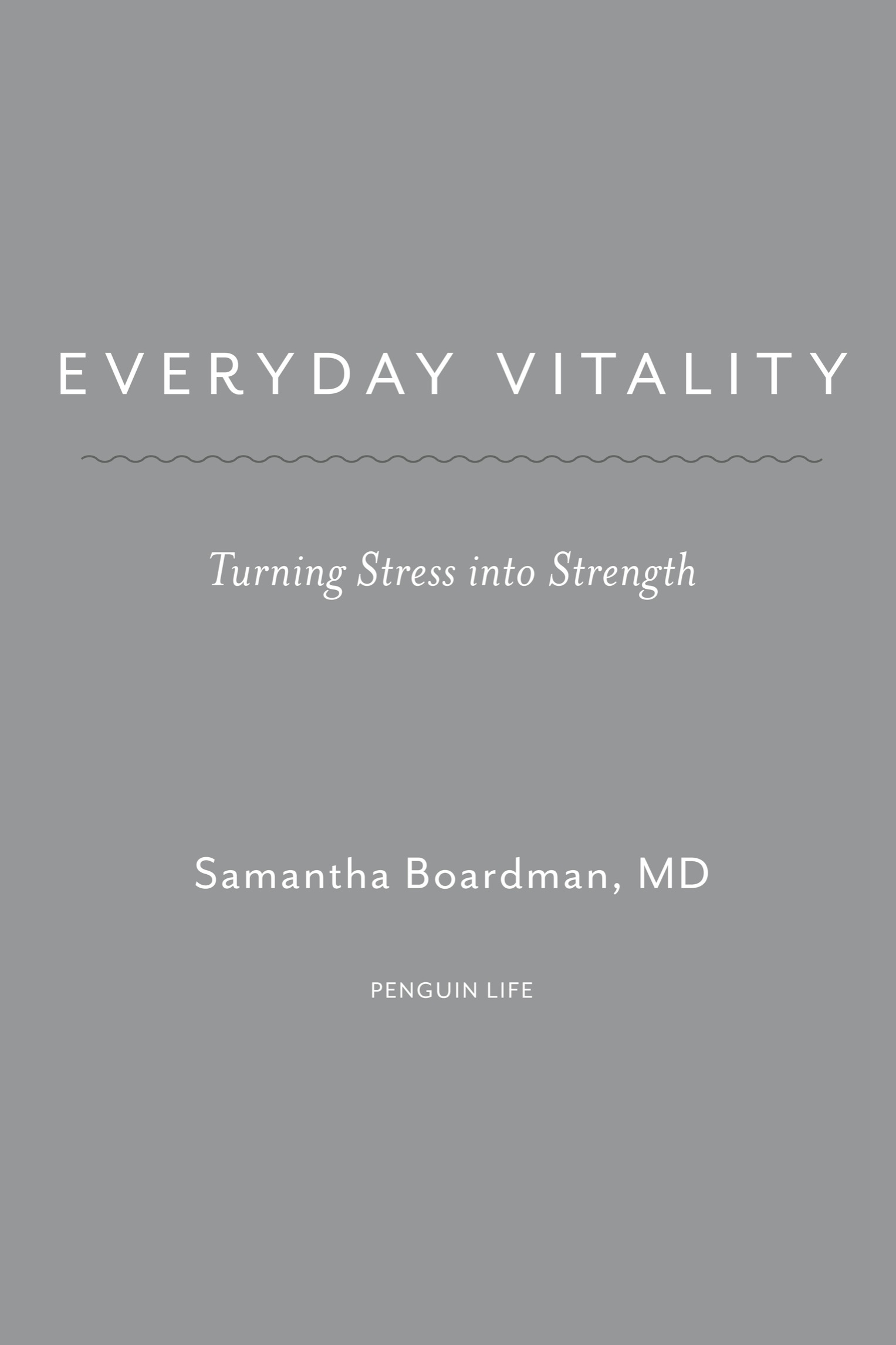VIKING
An imprint of Penguin Random House LLC
penguinrandomhouse.com
Copyright 2021 by Samantha Boardman
Penguin supports copyright. Copyright fuels creativity, encourages diverse voices, promotes free speech, and creates a vibrant culture. Thank you for buying an authorized edition of this book and for complying with copyright laws by not reproducing, scanning, or distributing any part of it in any form without permission. You are supporting writers and allowing Penguin to continue to publish books for every reader.
A Penguin Life Book
Grateful acknowledgment is made for permission to reprint the following:
Figure on : Copyright 2014 by the Robert Wood Johnson Foundation. Used with permission from the Robert Wood Johnson Foundation.
Figure on : Reprinted from Advances in Experimental Social Psychology, Vol. 47, page 53. Chapter One: Positive Emotions Broaden and Build, by Barbara L. Frederickson. Copyright 2013 Elsevier Inc. All rights reserved. Used with permission from Elsevier.
Image on : Royal Museums of Fine Arts of Belgium, Brussels / photo: J. GeleynsArt Photography.
Image on : Reprinted from Cognition, Vol. 110, pages 124129. Embodied and Disembodied Cognition: Spatial Perspective-taking, by Barbara Tversky and Bridgette Martin Hard. Copyright 2009, with permission from Elsevier.
library of congress cataloging-in-publication data
Names: Boardman, Samantha, author.
Title: Everyday vitality : turning stress into strength / Samantha Boardman, MD.
Description: New York : Penguin Life, [2021] | Includes bibliographical references and index.
Identifiers: LCCN 2021003762 (print) | LCCN 2021003763 (ebook) | ISBN 9780735222274 (hardcover) | ISBN 9780735222281 (ebook)
Subjects: LCSH: Vitality. | Health. | Stress management. | Well-being.
Classification: LCC RA776.5 .B59 2021 (print) | LCC RA776.5 (ebook) | DDC 613dc23
LC record available at https://lccn.loc.gov/2021003762
LC ebook record available at https://lccn.loc.gov/2021003763
Cover design: Lynn Buckley
Cover photograph: Flower Power, Paul Fuentes
Designed by Cassandra Garruzzo, adapted for ebook by Cora Wigen
All names and identifying characteristics have been changed to protect the privacy of the individuals involved.
pid_prh_5.7.1_c0_r0
For Aby, who always sees the whole of the moon.
CONTENTS
INTRODUCTION
Whats wrong?
These two words are a common icebreaker between a doctor and a patient. When someone comes in with pain in the lower right abdomen, an internist will follow this question with a physical exam, take blood, and order a CT scan. If its appendicitis, surgery will be scheduled to resolve the problem.
Focusing on whats wrong is how doctors formulate a diagnosis and course of treatment. In medical school I was trained to identify markers and manifestations of illness. In anatomy class the professor would identify diseases by calling us over to crowd around a body draped with sheets. One cadaver presented a fatty liver, another cadaver had slim fingers punctuated by oversized, twisted knuckles. The professor pointed out how the fingertips bent downward like a swans necka deformity commonly caused by rheumatoid arthritis. Some of the students referred to this cadaver as the Swan. But when I leaned in to examine the womans knuckles, I was struck more by the chipped pink polish on her fingernails. Twenty years later, this detail still tugs at my heart. Our academic training focused on what was abnormal, but this flash of color stopped me cold for the opposite reason: it was totally normal.
Psychiatrists also ask, Whats wrong? but a patients answers are often vague. There are fewer tests to pinpoint the problem, and its rare that a simple procedure can fix it. Whatever the diagnosis, most patients who come to see me want the same thing: better days. They long for more connection, joy, and meaning in their daily lives. They want less stress, but they also want more engagement. I tell them that theres no magic wand to erase hassles and banish annoyances. I also warn them to be wary of anyone who insists there is a formula for a stress-free, blissful existence. Negative emotions are part of a full life. Uncertainty cannot be avoided. Stress, frustration, and disappointment are inevitable unless you construct a life so safe and sealed off from reality that you live in a bubble. And the thing about trying to live in a bubble is that bubbles always burst.
Overcoming lifes obstacles requires resilience. And what fuels resilience? What allows the bending but not breaking that enables us to spring back? The answer is vitalitythe positive feeling of aliveness and energy that lies at the core of well-being.
Vitality is often associated with healthy aging, but its actually beneficial to everyone. Sometimes defined as health of spirit, vitality is that sense of feeling psychologically and physically up to a task. Like resilience, vitality is often thought of as a quality people are born with. But possessing vitality is not a matter of luck. Vitality isnt in your head; its generated by your deliberate actions. Whether youre age twenty or eighty, vitality helps you get the most out of each day. Vitality is associated with positive health outcomes like productivity, better coping with stress and challenges, greater mental health, and the ability to manage negative emotions. In short, as writer and psychologist Andrew Solomon observed, The opposite of depression is not happiness, but vitality.
This book offers daily strategies for cultivating vitality and making better days. You will learn about the three main wellsprings of everyday vitality: meaningfully connecting with others, engaging in experiences that challenge you, and contributing to something beyond yourself.
Since the pandemic struck in early 2020, grief and loss have been overwhelmingloss not only of loved ones but also of our daily routines, including jobs, celebrations, schooling, social connections, and so much more. Experts have warned of the mental illness tsunami that could follow the medical threat. COVID-19 has also laid bare the disparities that remain embedded in the fabric of America. We need strength and energy to activate long-overdue social change.
Even before the colliding crises of 2020, many people felt like bystanders in their own lives, fulfilling others demands and suppressing their own desires while meaningful moments passed unnoticed, beauty went unseen, and connections were dropped. Too often our days seem to be both bursting-at-the-seams yet unfulfilling. They have become a thankless game of Whac-A-Mole, but with no chance of winning even a sorry-looking stuffed toy.
Everything I do these days is a have to, not a want to, one patient told me.
Another patient explained, I always ask my husband how his day was and then barely listen to the response. I go through the motions of being thoughtful, but my mind is somewhere else. Im thinking of an email I have to return or an errand I forgot to run. Yesterday I asked my husband how his day was, and he told me he already answered that question. Twice!
To manage the excessive demands of daily life, people often react by directing attention inward. Self-focused attention can be productive in the short term. We need self-reflection to process experiences so that we can learn from them and move forward. But too much self-reflection can result in self-absorption, which can entrench us in ruminative thoughts. When this happens, instead of an oasis of revitalization, getting locked in our own heads can become counterproductive, isolating us from others and closing us off from opportunities to expand our minds, exercise our bodies, and stretch our souls.

